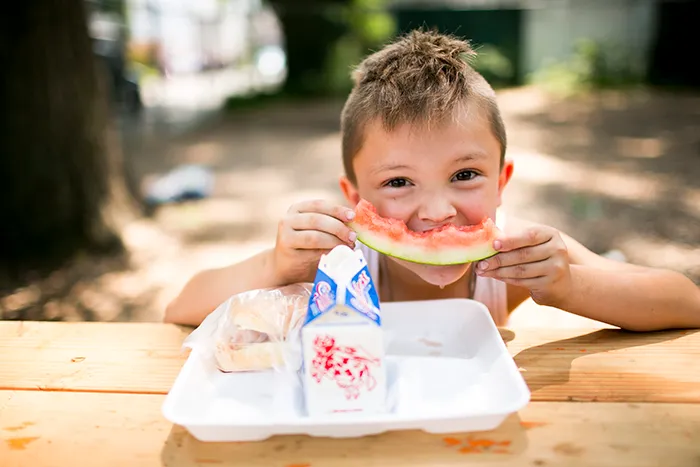
This week, No Kid Hungry hosted its first-ever national Rural Child Hunger Summit in Louisville, KY, which convened experts, advocates and community leaders to identify and elevate strategies to tackle childhood hunger in rural communities.
Many of the topics and challenges discussed in Louisville – from having solutions but limited political will to remedy the problem, to access to health care and education – can also be read in this week’s New York Times column by Paul Krugman titled Getting Real About Rural America.
Here’s a roundup of news stories from across the country about the realities of hunger in rural America.
- Oregonians Could Go Hungry Under Food Assistance Rule Change [Oregon]: Recent proposals from the USDA to change food assistance eligibility by rescinding state-issued work waivers for able bodied people receiving SNAP has Oregon Food Bank policy advocates concerned. In Oregon, these waivers are typically issued to rural counties with high unemployment and were SNAP is a critical program.
- Trucked-in Food Helps Rural Hungry [Michigan]: Fixed-location food pantries account for 60 percent of Feeding America West Michigan’s annual distribution. But mobile food pantries help fight hunger in rural and hard-to-reach regions of the state by bringing food to the people who need it, rather than the other way around.
- New Food Bank Warehouse Aims to Better Serve Winters, Rural Yolo County [California]: The Yolo County Food Bank is expanding its physical footprint to increase its output of nutritious food, which is currently move four million pounds of annually. One in five people in Yolo County live below the federal poverty line and many residents who use the food bank live in rural areas of the county where grocery store trips are cost prohibitive due to their location several towns away.
Kids in rural and hard-to-reach communities can be particularly vulnerable to hunger. While nutrition programs exist for kids, there are lots of barriers that stand in their way, especially in the summertime – meal sites can be hard to get to, may have limited hours and transportation can be hard to find. That’s why No Kid Hungry is committed to solving the challenges of rural hunger all year long, and dedicated to researching, learning and collaborating so that we can eventually remove the barriers to kids getting the food they need.


